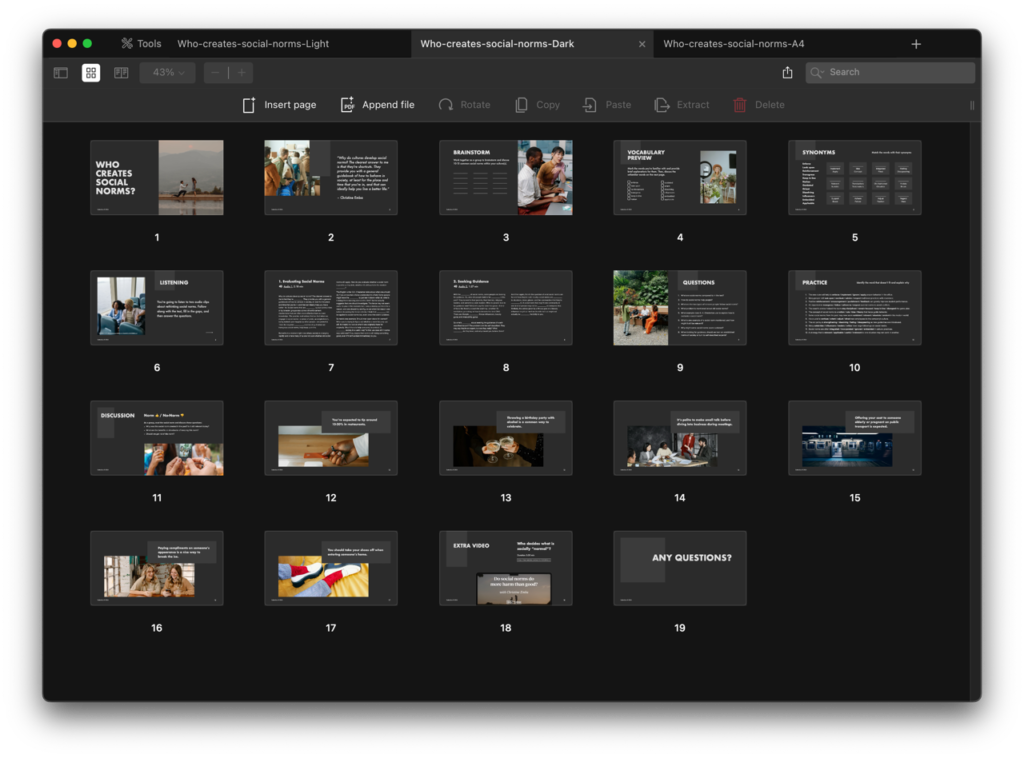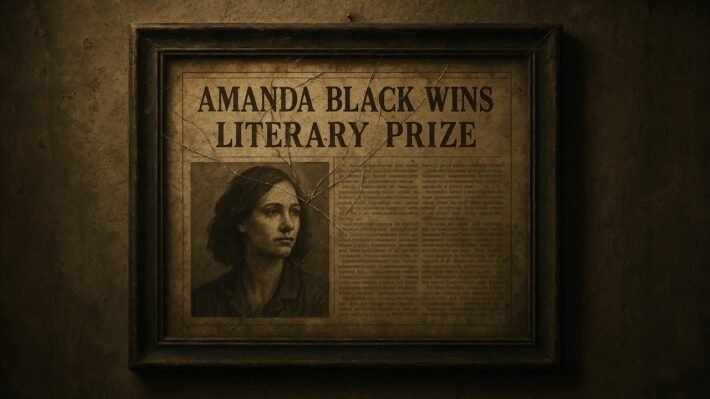Who Creates Social Norms?

This B2 upper-intermediate ESL lesson explores the topic of social norms, encouraging students to rethink and evaluate their relevance in today’s world. Through engaging audio clips, students will fill in gaps, discuss key ideas, and analyze whether certain norms should be kept or discarded. The lesson also includes group activities, such as debating controversial social norms and expressing personal opinions. It aims to develop critical thinking and enhance vocabulary related to societal expectations.
| Type | Level | Vocabulary | Listening time | Lesson Time |
| Regular Lesson | B2 / Upper-Intermediate | 12 words | 3:50 min | 60-90 min |



Vocabulary
- Enforce
- Look upon
- Reinforcement
- Transgress
- Keep in line
- Notion
- Outdated
- Orient
- Dissolving
- Influencers
- Embedded
- Applicable
Contents
- Lead-in
- Brainstorm
- Vocabulary preview
- Synonyms
- Listening
- Questions
- Practice
- Discussion
- Extra video
Lead-in, Brainstorm
This upper-intermediate lesson starts with a thought-provoking quote about the development of social norms, offering a great opportunity to spark discussion with your students. After discussing the quote and checking their understanding of this detailed perspective, students will move on to the next activity. Here, they will work in groups (or smaller teams) to brainstorm 10-15 common social norms from their cultures. This group task encourages collaboration and deeper reflection on societal rules.
Vocabulary preview, Synonyms
The vocabulary preview page introduces 12 words. Students begin by identifying the words they already know and offering brief explanations for each. Next, they move on to the unfamiliar words, discussing them as a group and finding two synonyms for each. This activity helps deepen their understanding of key terms before progressing in the lesson.
Listening, Questions
The listening task includes a detailed transcript, but it won’t take long to complete. Students follow the text, listening carefully and filling in the gaps, then answer the questions. You can pause the audio if you’d like to ask extra questions or check comprehension of specific vocabulary related to the lesson. The total listening time is 3 minutes and 50 seconds. Afterward, students tackle eight comprehension questions, with answers to seven provided in the keys file. The final question offers a great opportunity to summarize the listening sections.
Practice, Discussion
The practice page contains 12 sentences, each with four words, and students must identify which word doesn’t fit and explain why. Explanations are provided in the keys file. Next is the discussion activity, where students, as a group, discuss different social norms. They should consider questions like: Why was this social norm created? Is it still relevant today? What are the pros and cons of keeping it? Should it be discarded? There are six social norms, each on its own page, and you can dedicate as much time as needed for this activity.
Extra video / Homework
The final slide includes an optional extra video that could serve as homework to reinforce the lesson content. If you prefer, you can also play the video in class instead of the listening sections. However, keep in mind that the last minute and a half of the video is an advertisement, which is why it wasn’t included as part of the lesson.



